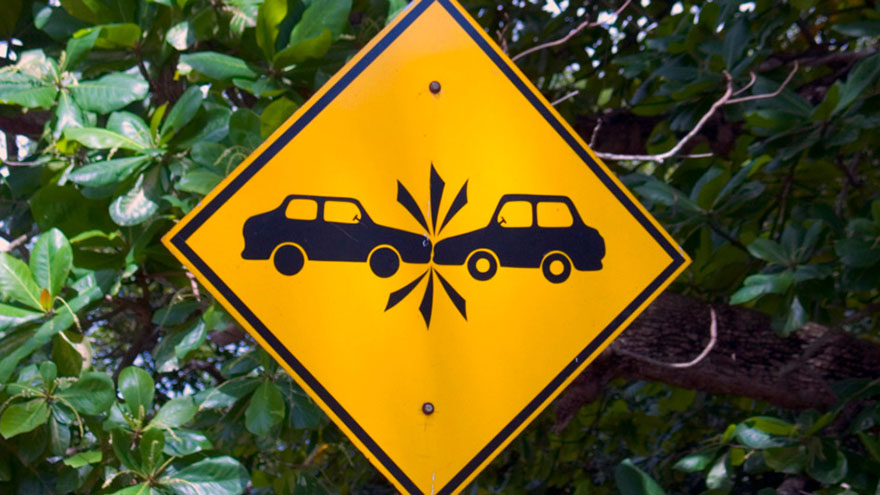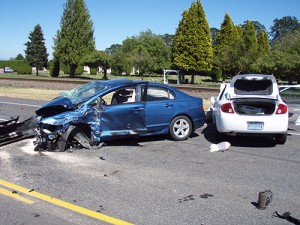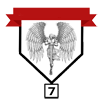Coming Upon A Car Accident
- December 24, 2015
- David Miller
- How To
- 1 Comment

The ink was still wet on my medical school diploma as I drove to my first day at the hospital as a resident. It was noon and the eight lane interstate in Detroit was busy. My white jacket signaling my status as a physician was hanging on the back of the seat of my Jeep Wrangler. I was nervous about how the first day would go.
I was two exits away from my destination when I saw a car veer from the off ramp and cross four lanes of traffic. A total of five vehicles were involved before everything came to a stop. I got out of the Jeep to check on the guy behind me who was frantic because his Taurus had just come off the assembly line less than a mile away. After checking on the other vehicles, I made my way to the car that had started it all. The driver was bleeding badly from his head and was unconscious. I broke the back window on the driver’s side and started to assess him. The State Trooper approached me and called for an ambulance, stating, “There’s a doctor on the scene.”
Observing the accident puts the responder at somewhat of an advantage because of their firsthand account of what happened. It is more of a challenge when the accident has already occurred and you come upon the aftermath. Surveying the scene and taking a second to get your bearings are important initial steps. How many vehicles are involved? How many victims are there?
If you come upon the scene while in a vehicle, park your car out of the traffic area with its hazards on. Look around for any fallen power lines or other vehicles involved. If there is a victim lying in the road, park your car to provide some protection for the victim. Make sure that the vehicle does not obstruct any ambulance or rescue vehicles from accessing the scene.
 Once you have done a quick survey of the scene, assess victims for the severity of their injuries and then call 911. Let the 911 operator know your name, where you are located, what happened, and how many people are involved that may need an ambulance. Time elapsed from encountering the scene to calling 911 should be minimal. As you assess every victim in each vehicle, turn off the ignition if possible. If necessary, prioritize and start with the most seriously injured victim. DO NOT provide any first aid that is above your skill level! The most important thing you can do is talk to a victim. If they are conscious, find out their name, allergies, and any pertinent medical history (e.g., diabetes, seizure disorder, or heart disease). Should the person become unconscious, at least you would have some information to pass along to paramedics. If the patient is unconscious when first assessed, feel for a pulse. (This could also be done in the initial assessment.) If there is no imminent danger to the victim, leave them in the vehicle or where they lay. If it is a motorcycle accident DO NOT remove the helmet. Provide comfort care such as placing a blanket on the victim or shading their eyes from sunlight. Keep talking to them!
Once you have done a quick survey of the scene, assess victims for the severity of their injuries and then call 911. Let the 911 operator know your name, where you are located, what happened, and how many people are involved that may need an ambulance. Time elapsed from encountering the scene to calling 911 should be minimal. As you assess every victim in each vehicle, turn off the ignition if possible. If necessary, prioritize and start with the most seriously injured victim. DO NOT provide any first aid that is above your skill level! The most important thing you can do is talk to a victim. If they are conscious, find out their name, allergies, and any pertinent medical history (e.g., diabetes, seizure disorder, or heart disease). Should the person become unconscious, at least you would have some information to pass along to paramedics. If the patient is unconscious when first assessed, feel for a pulse. (This could also be done in the initial assessment.) If there is no imminent danger to the victim, leave them in the vehicle or where they lay. If it is a motorcycle accident DO NOT remove the helmet. Provide comfort care such as placing a blanket on the victim or shading their eyes from sunlight. Keep talking to them!
If there are others at the scene willing to help, have them place road flares and direct traffic. If a fatality has occurred, place a blanket over the body and keep people away from the area. At night, pay close attention to signs that a vehicle may have gone off the roadway. It is also prudent to scan the area for other victims who may have been thrown from the vehicle. Also look for hazardous spills from the vehicles.
Once the paramedics arrive, identify yourself and provide them with a quick summary of the number of victims, types of injuries, and any information you have written down. With the handoff complete, your job is done. You may never know what happens to the victims in the accident, but at least you were prepared to help.
David L. Miller, DO, FACOI

Scanning to make sure the scene is safe is sound advice. In situations like this a person is typically so full of the chemical cocktail in their brain that they may forget the basics and rush to aid without securing the scene.